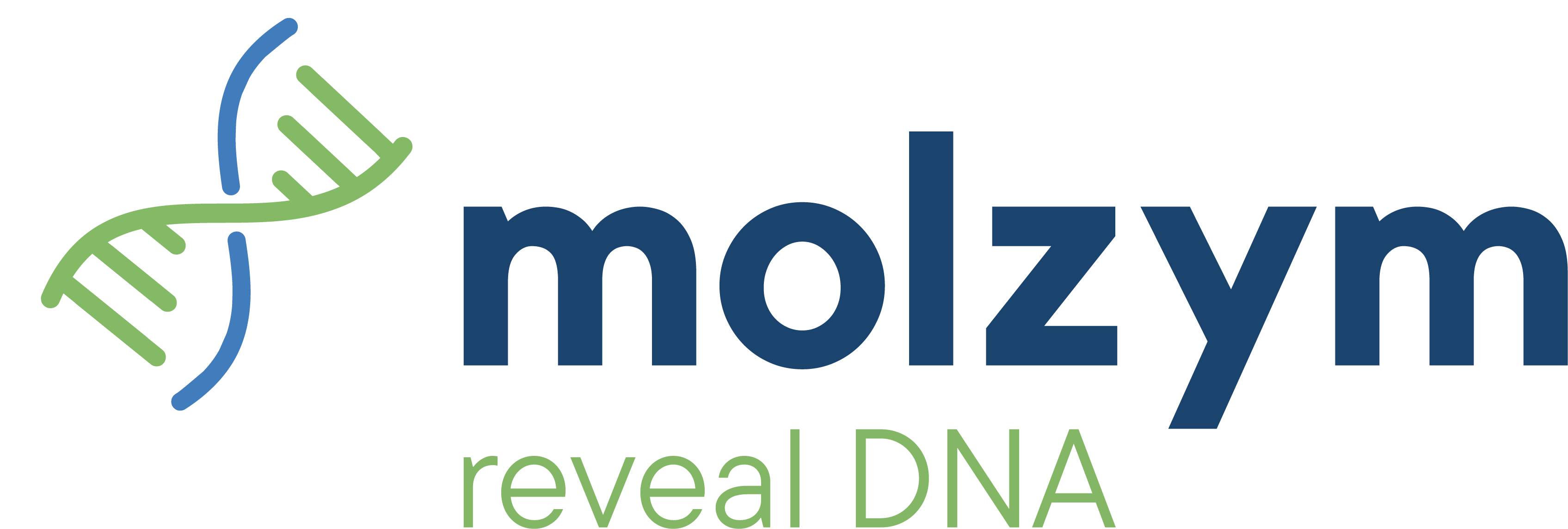Reagent-Borne Contamination Affects the Identification of Bacteria |
| 08 May 2020 |
|
Reagent-borne contaminations are well-known among microbiologists analyzing samples with any broad-range molecular approach. There are many publications reporting the widespread contaminations of microbial DNA in reagents and plastics used, proposing different methods how to reduce or eliminate contaminating background. Glassing et al. [1] reported that tests with UV irradiation, DNase and restriction endonuclease treatments and use of ethidium monoazide (EMA) were not successful in eliminating background DNA without compromising the PCR reaction or shifting the CT values of 3-4 cycles, adversely affecting the sensitivity of detection, quantitation, reproducibility and standard deviation of samples. Testing a combination of two commercial DNA isolation kits and two master mixes, the authors showed that they contributed 200-275 E. coli equivalent bacterial genomes (2100-2800 rRNA gene copies) in a 50µl qPCR reaction. Microbial sequencing of DNA extraction kits on an Illumina® MiSeq (Illumina, USA) led to more than 20.000 sequences accounting for more than 81 bacterial genera [1]. These reagent-borne contaminations might affect the results, especially if contaminating and target organism are the same. For samples with low bacterial biomass, one single contaminating bacterial genome can change the relative bacterial prevalence in the sample. For environmental or tissue samples the distinction between contaminating and genuine organisms might not be possible, since contaminating bacteria often are environmental organisms or associated with the skin or the gastrointestinal tract [1]. To defeat these challenges of microbial DNA contamination and avoid time-consuming and possibly unreproducible pre-treatment of reagents, Molzym’s products are all free of contaminating microbial DNA. In addition to reagent-borne contamination, microbial analyses are often challenged by the vast excess of host DNA in a sample, interfering the bacterial quantitation with universal primers and qPCR due to competitive inhibition [1]. Have a look at Molzym’s MolYsis™ technology which allows depleting the host DNA and leads to increased sensitivity. Amplify your target DNA with Molzym’s DNA-free PCR reagents and benefit from the increased sensitivity allowing you to run up to 40 cycles. |
| Reference |
|
[1] Glassing A, Dowd SE, Galandiuk S, Davis B, Chiodini RJ (2016) Inherent bacterial DNA contamination of extraction and sequencing reagents may affect interpretation of microbiota in low bacterial biomass samples. Gut Pathog (2016) 8:24. (link) https://doi.org/10.1186/s13099-016-0103-7 |
| Product Information MolYsis™ Brochure DNA-free PCR reagents |

